10 Dicas para Escrever uma Recapitulação Eficaz da Reunião
Descubra 10 dicas práticas para escrever resumos de reuniões claros e eficazes que mantenham sua equipe informada e no caminho certo. Melhore a comunicação e a produtividade com essas etapas fáceis.

✅ Free meeting recording & transcription
💬 Automated sharing of insights to other tools.

Fonte da imagem: RF._.Studio em pexels. com
Escrever um resumo da reunião pode parecer fácil, mas fazê-lo bem pode fazer uma grande diferença na eficiência com que sua equipe avança. Uma boa recapitulação da reunião garante que todos estejam na mesma página, acompanhem as principais decisões e descrevam as próximas etapas com clareza.
Neste artigo, compartilharemos sete dicas práticas para ajudar você a escrever resumos eficazes de reuniões. Se você é novo nessa tarefa ou quer melhorar, essas dicas o guiarão na criação de resumos claros, concisos e úteis para todos os envolvidos. Vamos mergulhar e facilitar a recapitulação de sua próxima reunião!
O que é uma recapitulação de uma reunião e como ela se parece?
Uma recapitulação da reunião é o resumo de uma reunião. Este resumo inclui todas as principais conclusões da reunião, juntamente com as decisões que foram tomadas.
O resumo da reunião também deve incluir quaisquer novos prazos ou tarefas que você atribuiu aos membros da sua equipe, bem como quaisquer metas recém-estabelecidas.
O resumo da reunião é essencialmente um ponto de referência para sua equipe voltar, para que ela possa entender tudo o que está acontecendo na empresa e se sentir envolvida no processo.
Você pode enviar a recapitulação na forma de um e-mail, uma discussão no chat ou um documento informativo.
Por que os resumos de reuniões são importantes?
Uma recapitulação da reunião reflete a produtividade da reunião em si. Aqui está uma lista de coisas com as quais os resumos de reuniões — quando bem feitos — podem ajudá-lo:
- Certifique-se de que a reunião não foi uma perda de tempo
- Coloque todos os participantes da reunião na mesma página
- Economize muito tempo
- Responsabilize a equipe
- Ajude você a se preparar para sua próxima reunião.
Vamos examinar mais de perto como você pode aproveitar ao máximo cada uma dessas vantagens.
A. Certifique-se de que a reunião não foi uma perda de tempo
Não importa o quão bem você conduza suas reuniões, ainda há situações em que as pessoas saem da sala de conferências se sentindo confusas. As coisas ficam ainda mais complicadas quando equipes remotas ou híbridas estão envolvidas.
Uma rápida recapitulação da reunião pode incentivar os participantes a seguirem adiante e serem proativos em relação ao que foi discutido. Um bom e reunião produtiva não significa nada se ações concretas não o seguirem.
B. Coloque todos os participantes da reunião na mesma página
Colaboração é uma parte essencial de qualquer projeto. Uma agenda lotada, muitas reuniões, horários sobrepostos ou até mesmo problemas pessoais podem atrapalhar a participação. Se alguém perder uma discussão, precisará fazer outra ligação só para conversar.
Recapitulações de reuniões são uma ótima solução para acompanhar todos os detalhes importantes e os pontos-chave abordados durante as reuniões da equipe. Um resumo abrangente da reunião também pode servir como uma rápida atualização para os participantes que não puderam comparecer.
C. Economize muito tempo
Quando você precisa se atualizar, não tem tempo para ler dezenas de páginas de protocolo ou navegar por um grande número de Slides do PowerPoint. Isso porque nem todos os materiais discutidos nas reuniões são relevantes para todos os envolvidos.
Recapitulações eficazes de reuniões permitem que você encontre exatamente o que deseja e, ao mesmo tempo, reduza o tempo gasto analisando os registros das reuniões. Você pode ler, ouvir ou assistir a materiais específicos dos principais momentos da reunião.
D. Responsabilize a equipe
Compartilhar atas de reuniões ajuda toda a equipe a lembrar o que foi discutido e responsabiliza você pelo acompanhamento de qualquer itens de ação você designou durante a reunião.
Sem uma recapitulação da reunião, há uma chance de que, no futuro, você esqueça completamente o raciocínio por trás dos aspectos acordados e das conclusões a que chegou.
D. Ajudar você a se preparar para sua próxima reunião
Todos nós sabemos que uma boa reunião depende de uma agenda de reuniões bem-sucedida no lugar. Ter as anotações e o resumo da reunião anterior o ajudará a redigir sua agenda rapidamente.
Além disso, um bom resumo da reunião ajudará você a colocar as coisas em perspectiva para toda a equipe, para que você sempre tenha uma visão geral caso se perca nos detalhes.
10 dicas para escrever uma recapitulação eficaz da reunião
Quando se trata de escrever um resumo de reunião, há várias dicas que você pode usar para melhorar seu processo.
Veja como escrever um resumo da reunião:
- Descubra sua logística para escrever recapitulações
- Faça anotações durante a reunião
- Envie o e-mail de resumo da reunião imediatamente
- Determine quem deve receber o e-mail
- Crie o e-mail introdutório
- Descreva o que foi discutido durante a reunião
- Inclua um lembrete para a data da próxima reunião
- Revise e distribua aos destinatários
- Use a IA para criar o resumo da reunião
- Salve suas recapitulações de reuniões em um só lugar
1. Descubra sua logística para escrever recapitulações
Ao criar resumos de reuniões, comece determinando o quem, quando, e como do processo de anotações.
Veja como fazer isso:
- Decida o estilo de recapitulação: Decida sobre o tom e estilo das notas com base na cultura da sua empresa. Você pode preferir resumos informais ou versões com aparência mais profissional, dependendo de suas necessidades. Para determinar isso, veja os resumos de reuniões anteriores para determinar o que serviu melhor à sua equipe ao longo do tempo.
- Designe um tomador de notas: Designe um participante específico para fazer anotações durante a reunião. Isso garante que as principais discussões sejam registradas. Você pode alternar essa responsabilidade entre os membros da equipe.
- Defina o horário para o e-mail de recapitulação: Estabeleça um prazo dentro do qual o resumo da reunião deve ser enviado após cada reunião. Isso ajudará você a otimizar as operações de reuniões e promover a responsabilidade.
- Decida o que o resumo da reunião incluirá: Um bom resumo da reunião deve abranger os principais pontos discutidos, as decisões tomadas e os itens de ação junto com seus responsáveis. No entanto, dependendo do seu campo específico, você pode escolher itens menos comuns e mais específicos que devem ser incluídos em cada resumo.
2. Faça anotações durante a reunião
Recapitulações abrangentes da reunião começam durante sua reunião. Se você quiser saber mais sobre as notas da reunião, leia este artigo, onde ensinamos os prós e contras da tomada de notas.
Isso não apenas manterá as informações o mais objetivas possível, mas também criará uma fonte confiável de verdade para o resumo da reunião.
DICA PROFISSIONAL: Pode ser difícil fazer anotações de reuniões detalhadas e precisas, então MeetGeek está vindo em seu socorro. Nossa plataforma de automação de reuniões foi projetada especificamente para permitir que você participe totalmente de suas reuniões sem comprometer a precisão de suas anotações.
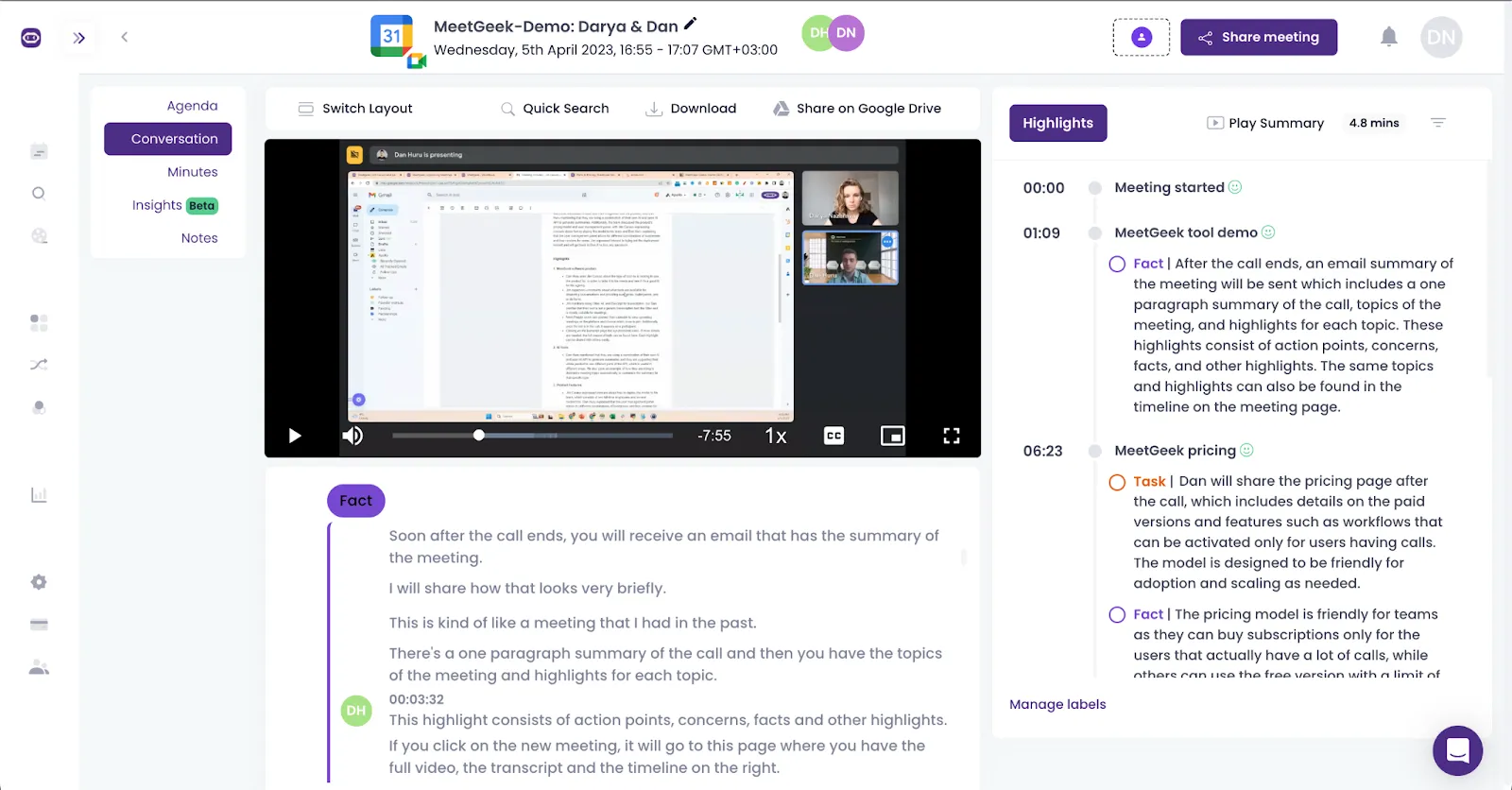
Com o MeetGeek, cada detalhe da sua reunião é capturado com segurança. Dessa forma, ao criar o resumo da reunião, você não perde nenhuma informação crucial!
3. Envie o e-mail de resumo da reunião imediatamente
Envie o e-mail de acompanhamento o mais rápido possível após a reunião. Se a reunião estiver no final do dia e você quiser esperar até o início da manhã seguinte, tudo bem. No entanto, quanto mais rápido você o envia, mais impulso você cria.
Pense na recapitulação da reunião como uma extensão da reunião e apresente-a quando a discussão ainda estiver fresca na mente de todos. Reserve um tempo diretamente após a reunião para concluir essa tarefa.
4. Determine quem deve receber o e-mail
Antes de começar a escrever, pense em quem você quer enviar o e-mail de acompanhamento. Além dos participantes da reunião e de todas as partes interessadas relevantes, você também deve incluir funcionários ou clientes que não puderam comparecer.
Se você não tiver uma folha de presença, entre em contato com o organizador da reunião ou com seu supervisor para obter as informações de contato de todos que foram convidados para a reunião.
5. Crie o e-mail introdutório
Normalmente, as recapitulações das reuniões são enviadas por e-mail. Portanto, é essencial criar uma introdução profissional para o e-mail. Isso deve incluir agradecer a todos que participaram da reunião e participaram ativamente da conversa.

Você também pode fornecer os nomes de todas as pessoas que participaram da reunião. Um forte e-mail de apresentação também notificará os membros da equipe sobre a programação e o propósito da reunião.
Para definir o tom correto para a recapitulação da reunião, mantenha as coisas formais e respeitosas, mas amigáveis e concisas.
6. Descreva o que foi discutido durante a reunião
Ao escrever um resumo da reunião, lembre-se de incluir nele informações relevantes de toda a reunião. Qualquer informação importante, como tarefas, prazos, soluções, ideias e planos que você possa ter estabelecido com sua equipe, deve ser listada no resumo escrito.
Lembre-se de que as informações devem ser concisas e formuladas para as pessoas certas. Se a pessoa que a recebe não precisar conhecer todos os tópicos abordados na reunião, basta abordar o que é relevante para ela.

Após a introdução, analise as partes aplicáveis da pauta da reunião, ponto por ponto.
Veja o que você pode incluir no resumo da reunião:
- Detalhes da reunião
- Pessoas/departamentos envolvidos
- Atualizações
- Decisões
- Itens de ação/principais pontos de discussão/detalhes importantes discutidos
- Prazos
- Próximas etapas
- Ideias reservadas para referência futura
- Quaisquer documentos de apoio e recursos relevantes (links, arquivos, materiais).
7. Inclua um lembrete para a data da próxima reunião
No final da maioria das reuniões, os participantes decidem a hora e o local da próxima reunião. Essas informações devem ser incluídas no resumo da reunião e distribuídas para toda a equipe.
Lembre-se de especificar o horário e o local da reunião, bem como os objetivos e a agenda. Esta seção do resumo da reunião também deve incluir os nomes dos participantes da próxima reunião.
8. Revise e distribua aos destinatários
Depois de terminar de escrever o e-mail de resumo da reunião, certifique-se de adicionar sua assinatura. Verifique se há erros ortográficos, gramaticais ou de clareza. Mantenha o e-mail de resumo da reunião curto, evite chavões e conciso.
Depois de revisar o documento, envie-o ao organizador da reunião para aprovação — se você mesmo não for o líder da equipe. Depois de aprovado, você pode distribuir o documento aos destinatários apropriados.
9. Use a IA para criar o resumo da sua reunião
Notas da reunião são a base de qualquer boa recapitulação de uma reunião. No entanto, fazer anotações manualmente traz seus desafios. O anotador deve identificar o conteúdo certo que precisa ser destacado.
Eles passam tempo interpretando a situação e criando notas. Sempre que eles entendem mal as informações ou não as descrevem com precisão, as notas da reunião acabam sendo imprecisas.
Mas como a IA ocupou o centro das atenções nos últimos dois anos, todo o processo de gravação de notas de reuniões é um *muito* mais fácil. Com uma plataforma de automação de reuniões como MeetGeek, você pode gravar, transcrever, resumir, analisar e compartilhar automaticamente suas reuniões. Você também pode considerar o uso de um ferramenta de reformulação para redigir suas seções de recapitulação e também trazer melhorias às existentes.

Veja como o MeetGeek pode agilizar o processo de redação de resumos de reuniões:
- Ingressa e grava automaticamente todas as suas reuniões virtuais agendadas
- Fornece transcrições precisas e palavra por palavra para suas reuniões em mais de 30 idiomas
- Usa IA para identificar tarefas e isolar itens de ação mencionados na conversa
- Envia e-mails automatizados de recapitulação da reunião para todos os participantes da reunião minutos após suas reuniões
- Permite que você personalize o Resumo da reunião de IA com base em suas preferências, permitindo que você escolha quais destaques incluir em sua recapitulação
- Oferece um repositório centralizado para todas as suas gravações e informações de reuniões
- Integra-se com Mais de 7000 aplicativos para ajudar você a levar a produtividade a novos níveis
- Também está disponível na versão móvel para automatizar suas recapitulações de reuniões para reuniões presenciais
10. Salve seus resumos de reuniões em um só lugar
Salvando todas as recapitulações de suas reuniões em um repositório centralizado é uma forma inteligente de manter tudo organizado e facilmente acessível para sua equipe. A documentação consistente reduz o risco de perda de detalhes essenciais ao longo do tempo.
Para salvar as recapitulações de suas reuniões em um repositório centralizado, comece escolhendo uma plataforma que atenda às necessidades da sua equipe, como MeetGeek, Google Drive, Dropbox, SharePoint ou uma ferramenta de gerenciamento de projetos como Asana ou Trello.
Em seguida, crie uma estrutura de pastas clara e organizada, como uma pasta principal para recapitulações de reuniões com subpastas para diferentes projetos ou departamentos. Use uma convenção de nomenclatura consistente para seus arquivos, como “ProjectX_MeetingRecap_2024-07-01”, que facilita a identificação e a classificação de arquivos por projeto e data.
Atualize regularmente seu repositório adicionando novas recapitulações de reuniões e arquivando as mais antigas conforme necessário.
Modelos de recapitulação de reuniões
Dependendo do tipo de reunião que você está organizando, suas recapitulações de reuniões podem variar muito em estrutura e tom. Ou seja, ter alguns modelos de recapitulação de reuniões sempre disponíveis pode ser uma virada de jogo. Aqui estão alguns modelos que você pode usar como inspiração!
A. Modelo padrão de recapitulação de reunião de equipe
B. Modelo de recapitulação de reunião formal de equipe
Exemplos de recapitulação de reuniões
Se você ainda estiver um pouco confuso, transformamos os modelos acima em exemplos práticos que você pode usar para refinar ainda mais as recapitulações de suas reuniões!
A. Exemplo padrão de recapitulação de reunião de equipe
B. Exemplo de recapitulação de reunião formal de equipe
Recapitulações de reuniões: valem a pena o esforço?
Se você trabalha para uma empresa pequena ou grande, em um escritório ou remotamente, é provável que muita comunicação ocorra por meio de reuniões.
Planejar projetos, decidir sobre ações, atribuir tarefas, fazer um brainstorming ou qualquer outro tipo de trabalho colaborativo se torna muito mais simples quando ocorre uma discussão ao vivo.
Independentemente de como você decida fazer resumos de reuniões, não há como negar que eles são indispensáveis para uma colaboração eficiente em equipe! Experimente a MeetGeek gratuitamente para mudar a forma como você realiza futuras reuniões.
.avif)












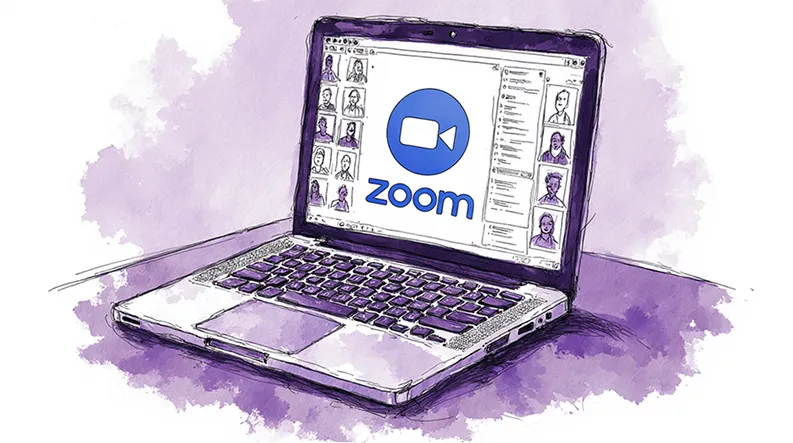


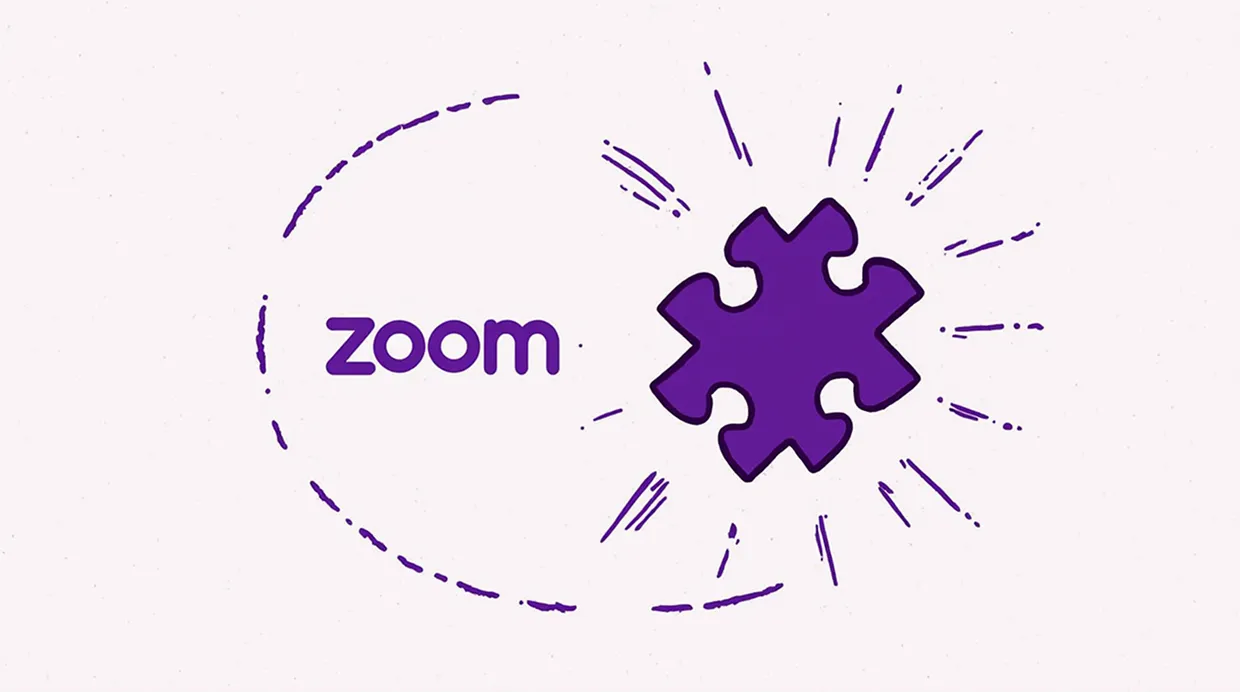



















.webp)



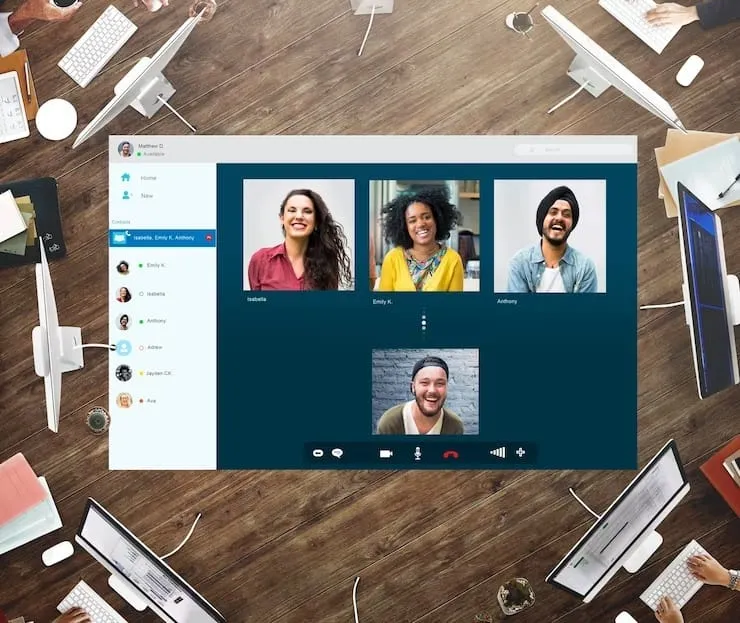
.jpeg)
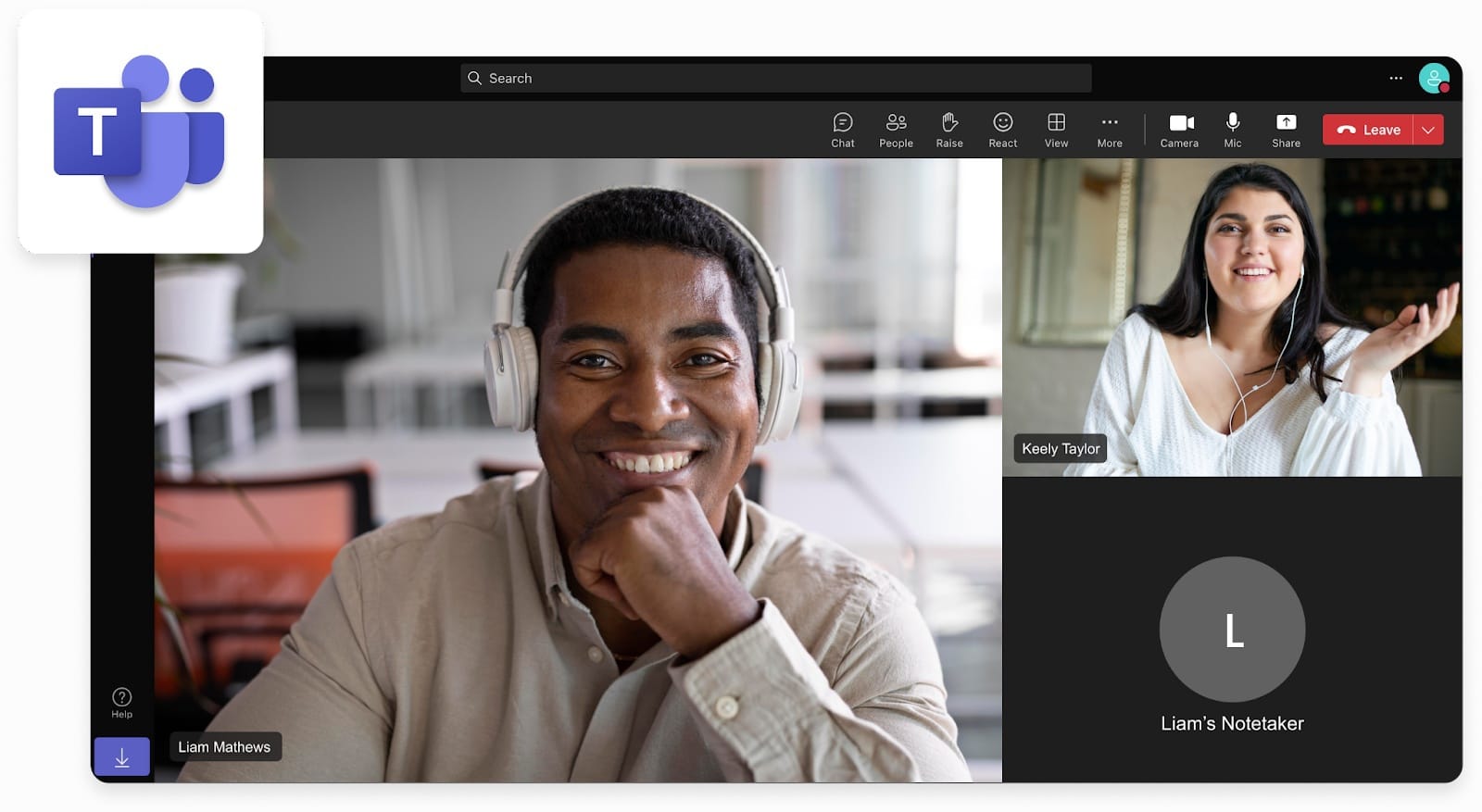





.jpeg)





.jpg)

.webp)




.jpeg)











